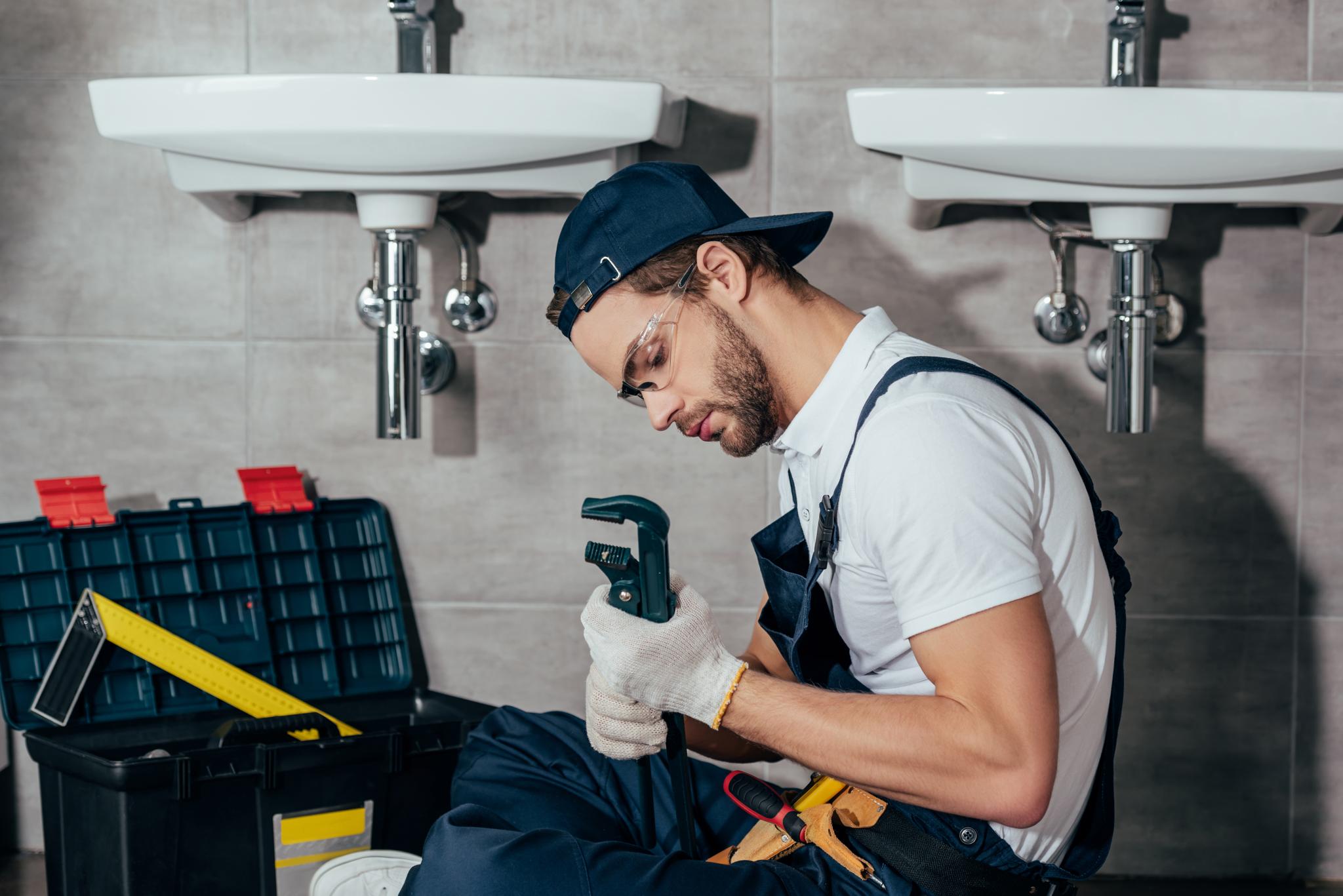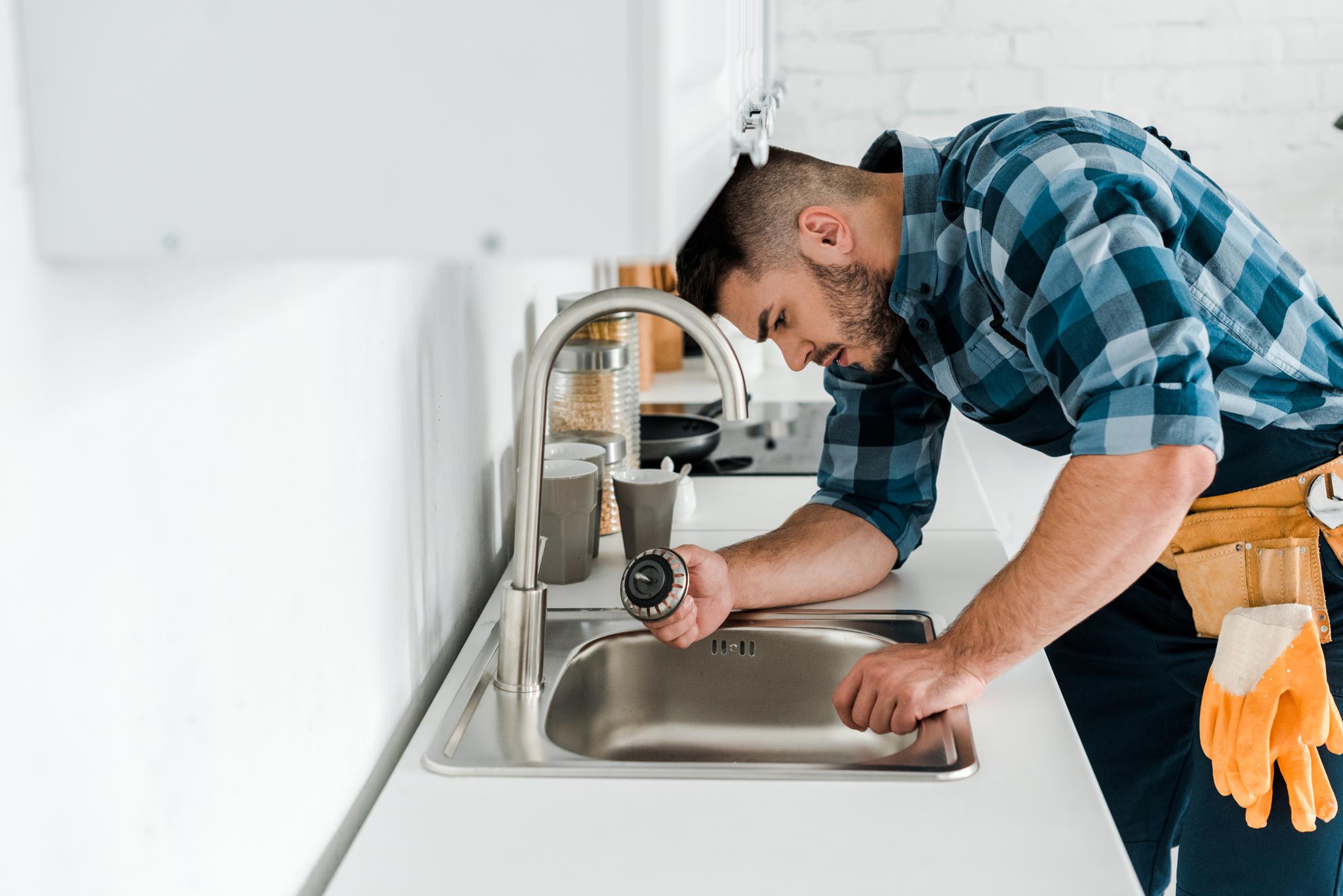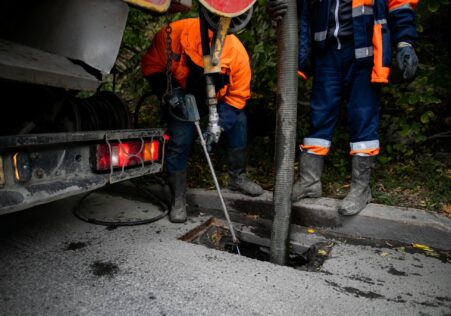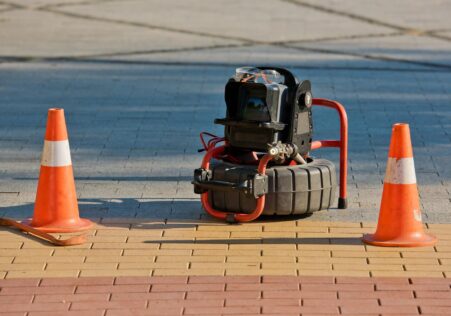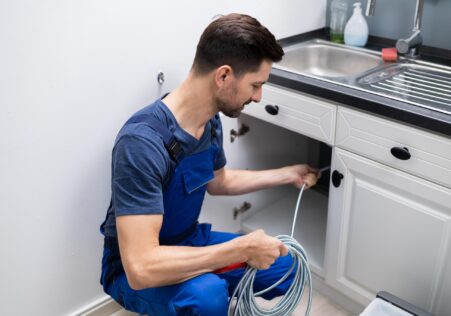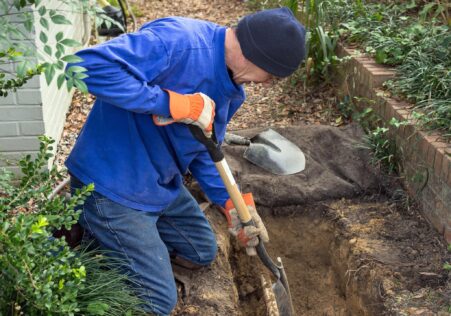Understanding the Differences Between Pipe Relining and Pipe Replacement
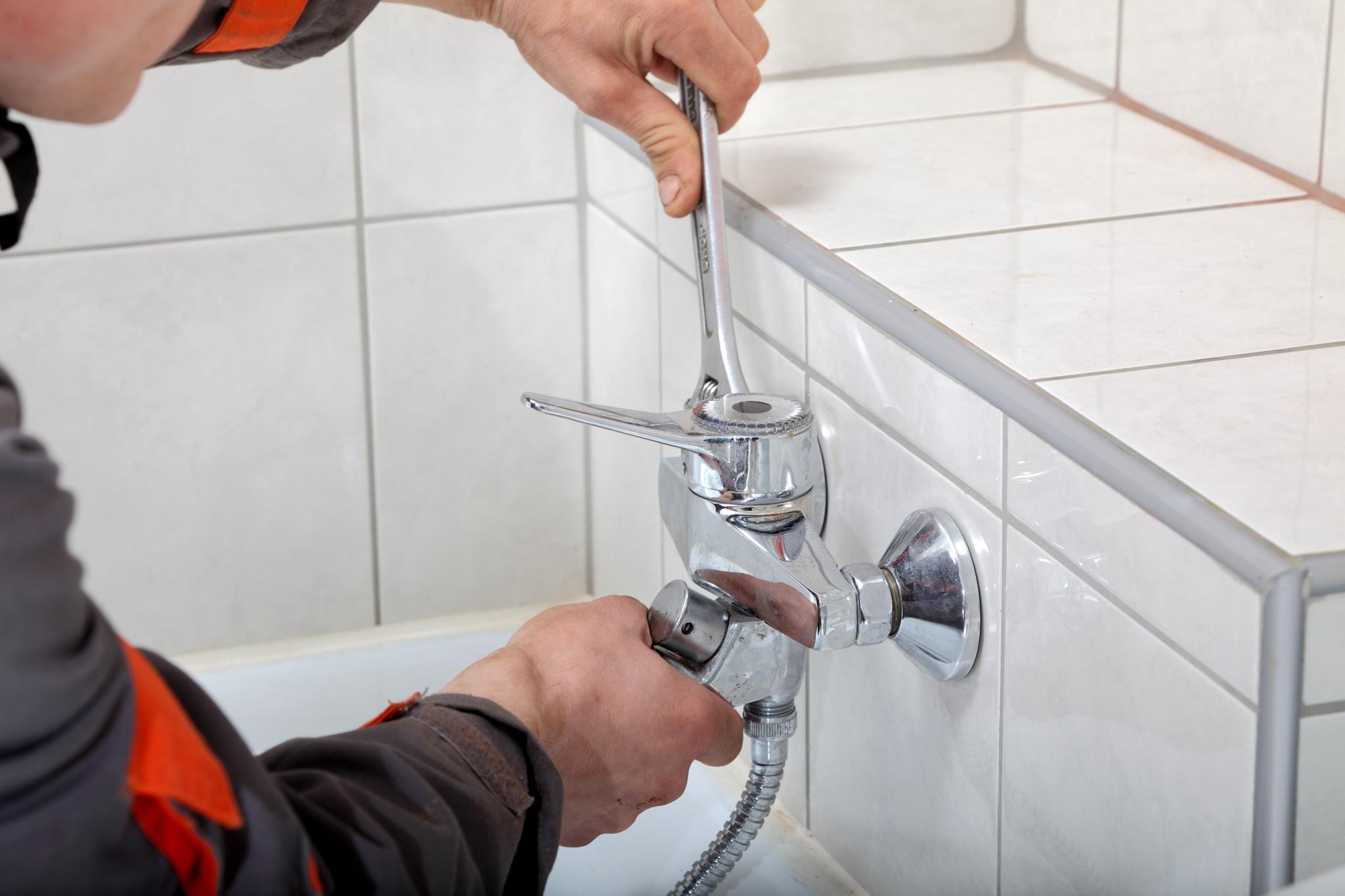
When it comes to fixing damaged pipes techniques are pipe relining as well as replacement of pipes. Both methods aim to bring back the original function of your pipes, however they have marked differences that you should be aware of.
Key Takeaways
- Pipe relining is a cost-effective and fast method for repairing damaged pipelines.
- Linings made of CIPP are used for pipe relining.
- Epoxy resin is used to line the inside parts of the pipe which cures to creates a new inner lining in the pipe.
- Relining pipes is efficient, economical, and can last up to 50 years.
- The traditional method of replacing pipes is digging up portions of property in which pipes are located.
- The replacement of pipes is often necessary to repair pipes that are severely damaged.
- A new pipe installed via pipe replacement has a long life span (75 up to 100 years).
- Pipe replacement is costly and lengthy.
- The decision between pipe relining and pipe replacement depends on the level of damage that has been caused.
In this post, we’ll look at pipe relining as opposed to. pipe replacement and find out which one will suit your needs better.
Is Pipe Relining a thing?
Pipe relining or Cured In-Place Pipe (CIPP) lining is a modern repair method that provides a cost-effective and rapid solution for the repair of damaged pipelines.
Here’s how it will work:
- A technician cleans the pipeline with high-pressure jetting or mechanical cleaning.
- Then, they apply epoxy resin made from fiberglass or polyester inside the pipeline.
- The liner cures to form a brand new inner liner within the pipeline that’s as long-lasting as the new one.
Benefits Pipe Relining
- The process is time-efficient, taking only 2 to three hours for the entire procedure, compared to excavating for days in traditional pipe replacement techniques.
- Cost-effective Since there is no excavation or removal necessary in pipe relining work It can save you nearly half of the price you’d be paying for conventional repairs.
- Durability – The lining made by pipe relining could last for 50 years!
Con’s of Pipe Relining
- Not recommended for extremely damaged pipes - If there are major damages such as cracks, collapses, or misaligned joints in your sewer line then pipe relining may not be possible.
What is Pipe Replacement?
Pipe replacement involves digging up portions of the yard/sidewalk/driveway where underground pipes are located. The areas may contain broken pipes, or very damaged ones due to the effects of time or neglect.
The following steps make up the majority of traditional pipe replacements:
- An excavation team digs up access to the deteriorated underground pipe.
- The pipeline that was previously in use is detachment and dug up, generating a lot of debris that must be cleared away.
- Then, they construct the new pipeline on top of the one they had previously installed.
Benefits of Pipe Replacement
- Perfect for severely damaged pipes Ideal for severely damaged pipes – If you must replace pipes that have significant damage or corrosion, pipe replacement is the most effective option.
- Long life – The brand new pipeline that is installed by pipe replacement has a lengthy lifespan (75 or 100 years) which makes it a great solution for homeowners who want an ongoing solution.
Cons of Pipe Replacement
- It is expensive – Excavating work required for the replacement of pipes is long and costly.
- The process is time-consuming. Traditional pipe replacements can take weeks depending on the extent of work and the depth of excavations needed.
Which one should you select?
The decision to choose between replacement or relining your pipes mostly is contingent on the extent of damage caused. If your pipes are suffering from small damages, like cracks or leaks of a minor size, replacing them is likely to be the better option since it’s less expensive and is also faster than replacement of pipes using traditional methods.
If there are major damage, such as collapses or broken pipes, then you should consider replacing the pipe with a traditional method, even though it may be more expensive and will take longer.
| Pipe Relining | Pipe Replacement | |
|---|---|---|
| Procedure | CIPP lining using epoxy resin | Excavating and replacing the old pipeline |
| Pros | Time-efficient- 2 to 3 hours to complete | Suitable for severely damaged pipes |
| Cost-effective – Almost half of traditional costs. | New pipeline lasts for 75 to 100 years | |
| Durable – Lasts up to 50 years | ||
| Cons | Not suitable for severely damaged pipes | Costly |
| Time-consuming | ||
| When to choose | Minor damages like cracks or minor leaks | Severe damages like collapses or breaks |
Frequently Asked Question
What is the process of relining pipes?
Pipe relining is a process which involves the creation of a new pipe within the existing damaged pipe. It is accomplished by inserting a liner that is flexible into the pipe that was damaged and making it a permanent fixture. Once cured, the new pipe is free of joints or seams, which enhances its structural integrity.
What does traditional pipe replacement differ from pipe relining?
Traditional pipe replacement involves digging and physically removing old pipes then replacing them with new ones. The alternative, pipe relining does not require excavation. Instead, it’s completed using technology that allows for repairs to pipelines without digging large portions of land.
Which one is less expensive - pipe relining or traditional replacement?
Pipe relining generally costs less than the traditional methods of repair of pipelines because there aren’t any costs related to excavation, or other methods that are required to remove and replace old pipes.
Can all kinds of pipes be lined?
Certain types of pipes are relined effectively. Ultimately, your plumber should examine your pipe to determine if it’s feasible to line your specific type of pipes. However, most modern pipes can be fixed by this technique.
How long does the process of relining pipes take?
The exact time required for the procedure is contingent upon various aspects like location, environment, and type of damage; however the average pipe Relining job typically takes around 2 days depending on how many metres need to be lined..
If you are looking to stay clear of invasive excavation work and save your money while restoring your damaged pipelines’ full function take a look at our Sydney Blocked Drains Plumbers ‘s rapid and effective pipeline relining services. Contact us!
Additional Information
- A Ultimate Guide to Understanding the Pipe Relining Process: What to Expect
- CCTV Drain Inspection vs. Traditional Methods: Which is Right for Your Business?
- The Ultimate Guide to Pipe Relining: How to Select the Perfect Material
- Resolve Your Sewer Problems Without Spending Much: Pipe Relining
- Sewer Relining for Environmental Sustainability
- Innovate Your Residential and Commercial Properties with Pipe Relining
- Why Condo Complexes are Switching to Trenchless Pipe Relining Methods
- Keeping Costly Drain Repairs at Bay with Routine Inspections
- Why Spotting How Your Piping Necessitate Replacement
- Save Money with These Simple Drain Maintenance Techniques


